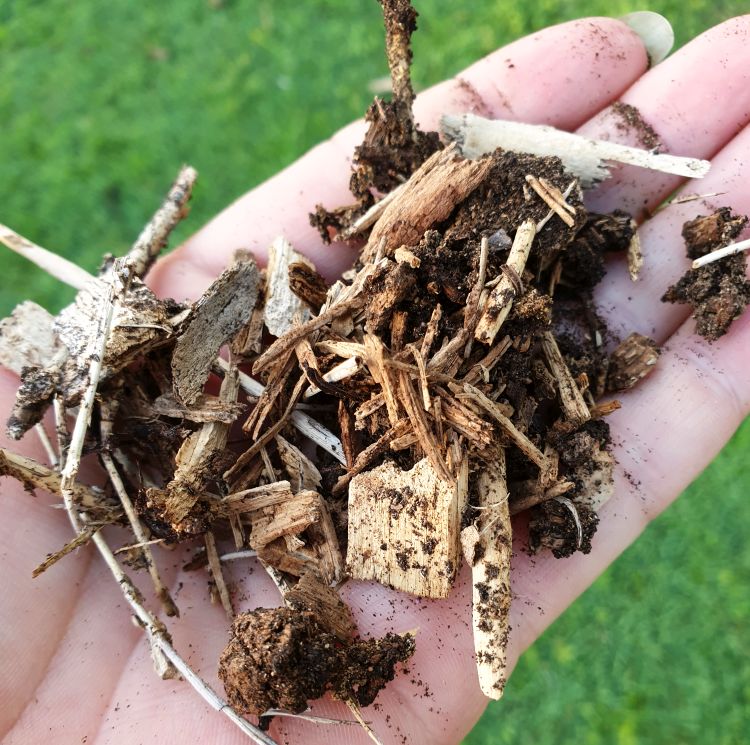Introducing mulching to your vegetable garden beds can be a game-changer for the health and productivity of your crops.
Mulch, a protective layer of material spread over the soil surface, offers a myriad of benefits that extend beyond mere aesthetics. Whether you’re a seasoned gardener or a beginner, you’ll find that mulching serves as a crucial ally in conserving soil moisture, suppressing weed growth, and maintaining a stable temperature for your plants.
Mulching nurtures the soil by enhancing its structure & fertility and also acts as a natural insulator, shielding vegetable plants from extreme weather conditions. As a sustainable gardening practice, mulching is an efficient and cost-effective way to promote a thriving and resilient vegetable garden.
Let’s have a closer look at mulching and how it can benefit your own vegetable garden.
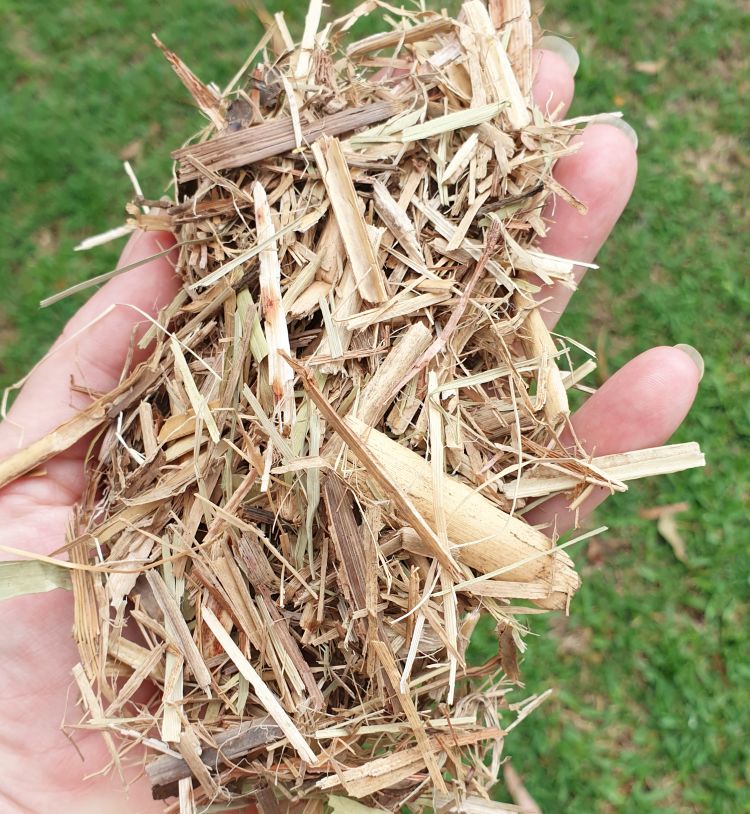
What is Mulch?
At its most basic, mulch is a covering layer applied to soil. It may be organic or inorganic, with vastly differing types of mulch being used according to climate, season and plant types.
While we mostly think of mulch as an organic material that goes on top of vegetable beds (and here at self sufficient me, vegetable growing is our gardening focus), inorganic materials like black plastic, landscaping fabric, agricultural plastic, gravel and rocks are mulches too. Farmers who grow in-ground crops often use purpose-made agricultural plastic for weed control, with the edges secured into the ground with removeable metal pins. Rocks are often used in ornamental gardens as a mulch, and can form a sympathetic aesthetic when placed in combination with drought-tolerant plants in a hot climate garden.
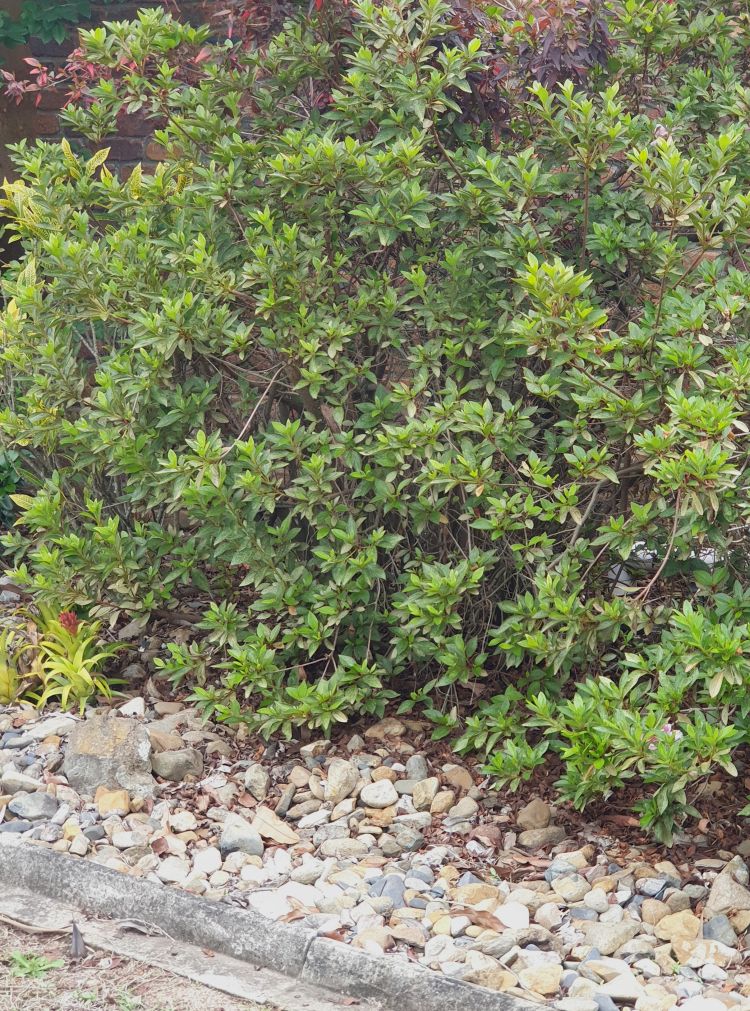
Organic mulches can be made from a variety of things, and will vary both between countries and local areas. Wood chip of some description is probably the common in the world, but you may find pine needles, straw, pea straw and sugar cane mulches commercially available in your area. Many other materials that you might acquire more cheaply can be used as mulches, or in combination with other mulches too. Things like sheets of cardboard, grass clippings, shredded bark, coir, sawdust and even paper can be used as mulch layers, particularly in problem areas.
Benefits of Mulching
Mulches of all types can be multi-purpose. They beautify your yardscape, whether they are placed around garden beds, trees, shrubs or walkways. Mulches can be applied in order to define areas within a garden, creating focal points that the human eye is drawn to. You can use different mulches to (for example) create pathways, surround a pond, border an orchard, and so on.
The first thing to know about mulching is that which ever type you use, it will modify the associated soil temperature. Generally, organic mulches cool the soil below it, and inorganic mulches warm the soil. This is handy to remember if you live in a climate with harsh winters, where you might want to warm the soil as quickly as possible for spring plantings. Conversely, if you live in a hot climate, cooling organic mulch will be of great benefit during a hot summer.
Organic mulches are of great benefit to vegetable gardens in most climates. In veggie-growing beds, they suppress weeds by blocking light to the soil, adding nutrition, and helping to retain moisture in the soil. Along pathways and in between beds, mulches such as wood chip, straw and sugar cane can be used in combination with thick layers like cardboard to smother unwanted grasses & weeds.
Should Everyone Mulch?
Mulching garden beds is usually beneficial. There may be localised areas and specific microclimates where mulching isn’t necessary, but the benefits of mulching are generally significant. Whether you need to warm or cool the soil or just keep its microbiome intact, mulching helps.
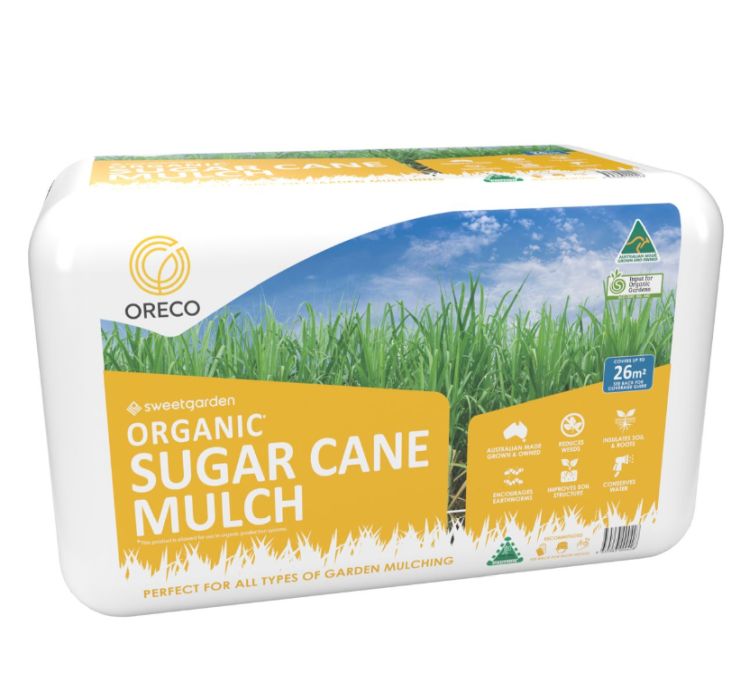

Which Mulch is Right for Me?
Commercially-purchased, bagged mulches (like those shown above) are specifically designed and fit for purpose. They are cheap, easy to apply, clean and weed-free. Materials will vary between local areas, and buying bagged mulch is particularly convenient if you have a new garden or large beds to cover.
Pea straw and straw bales are commonly used as mulches in many parts of the world, and can often be sourced at an economical price.
Once your garden becomes established, you may like to make your own organic mulches. There are a huge variety of materials that you can use, with most making use of what is on their property. Materials such as dried leaves, grass clippings, wood chips, lemon grass, coffee grounds, nut shells, pine needles and tree clippings can all be used.
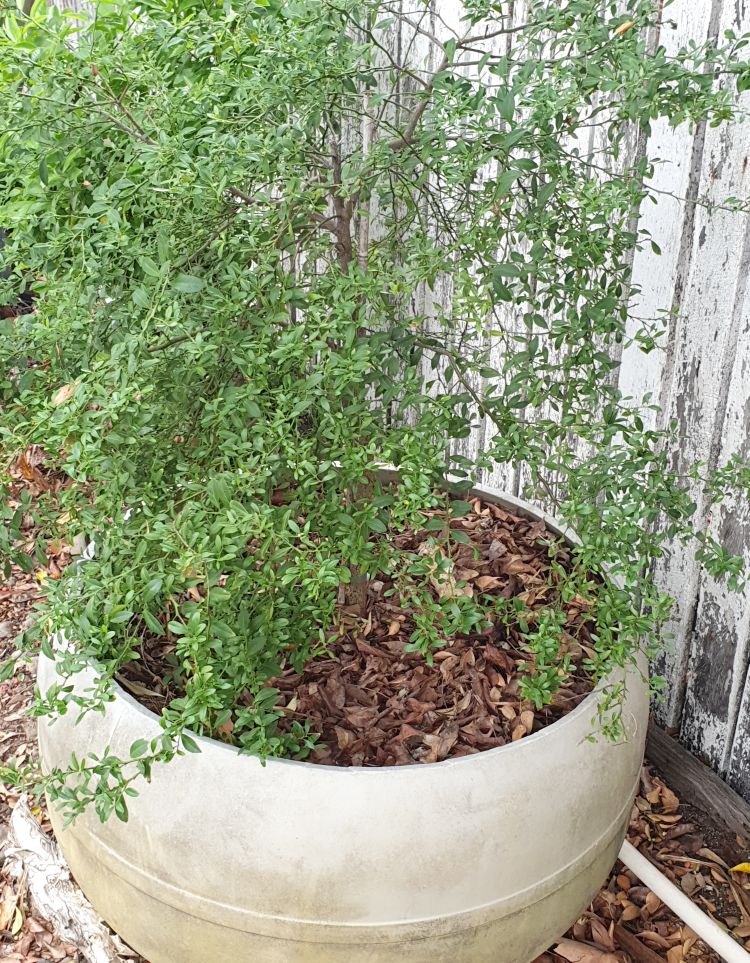
There are a few things to know, however, when making and using your own mulches. Any mulch you use has its own natural properties, so you need to know what they are before use, as they will have an effect on the food you’re growing. Additionally, mulches that haven’t been allowed time to break down may have an effect on the soil because of their freshness. As an example, while wood chips add nutrition to soil in the long term, they initially draw nitrogen from the soil while they break down. This is not to say you shouldn’t use them, but know what the potential effects are in case you need to counteract them.
Grass clippings are high in nitrogen and may contain weed seed or herbicide residues. Additionally, grass clippings applied thickly can form a dense mat and either repel water or become soggy and mucky. Pine needles are long-lasting and an excellent mulch, but will acidify soil a little. Plants like blueberries and azaleas will thank you for a pine needle mulch.
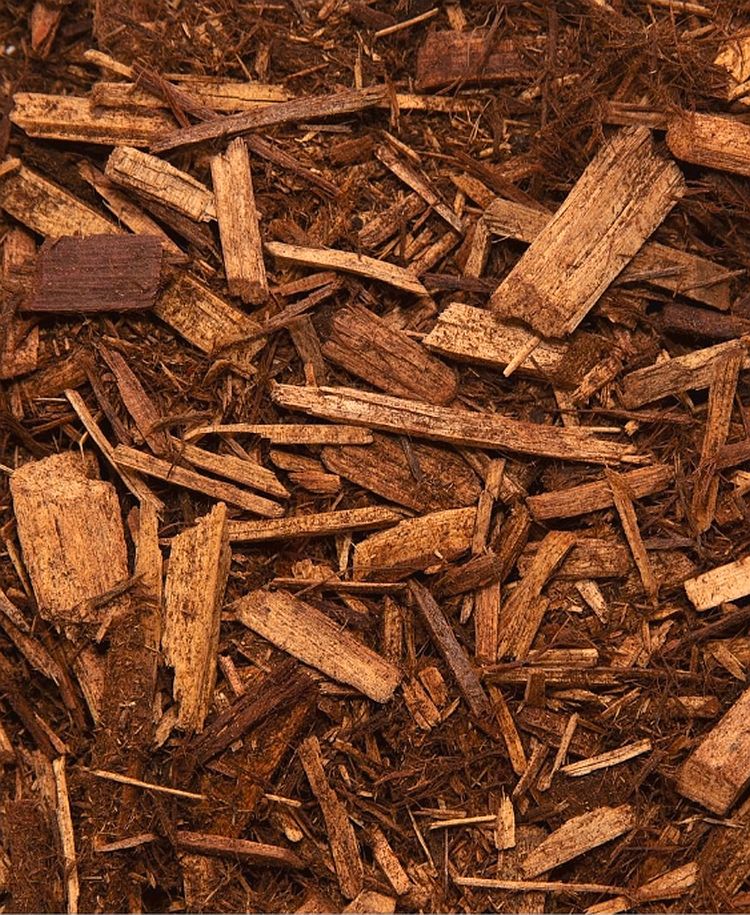
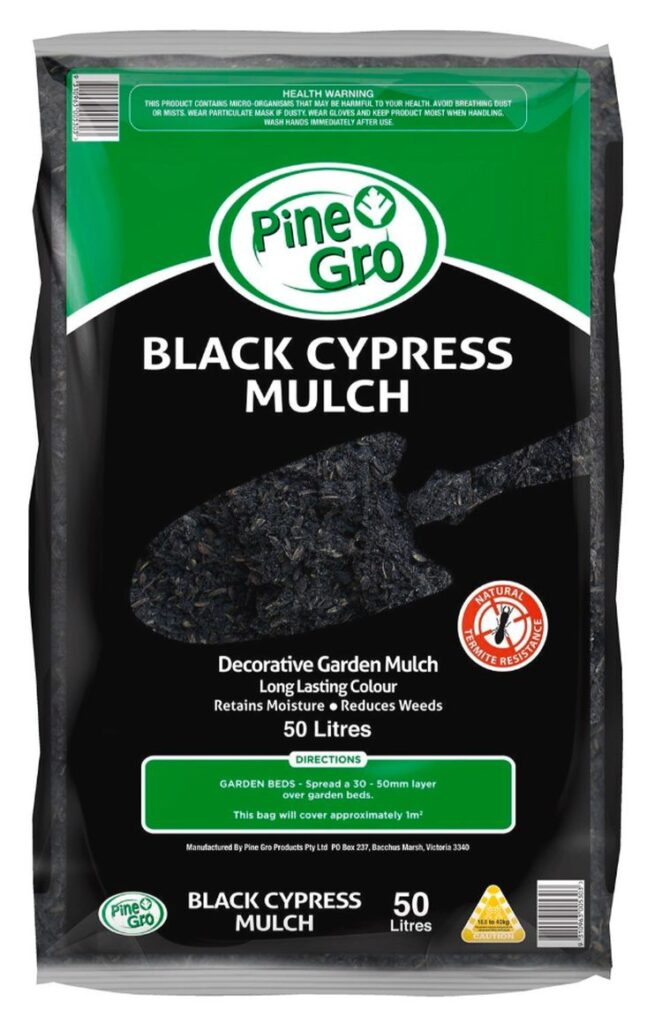
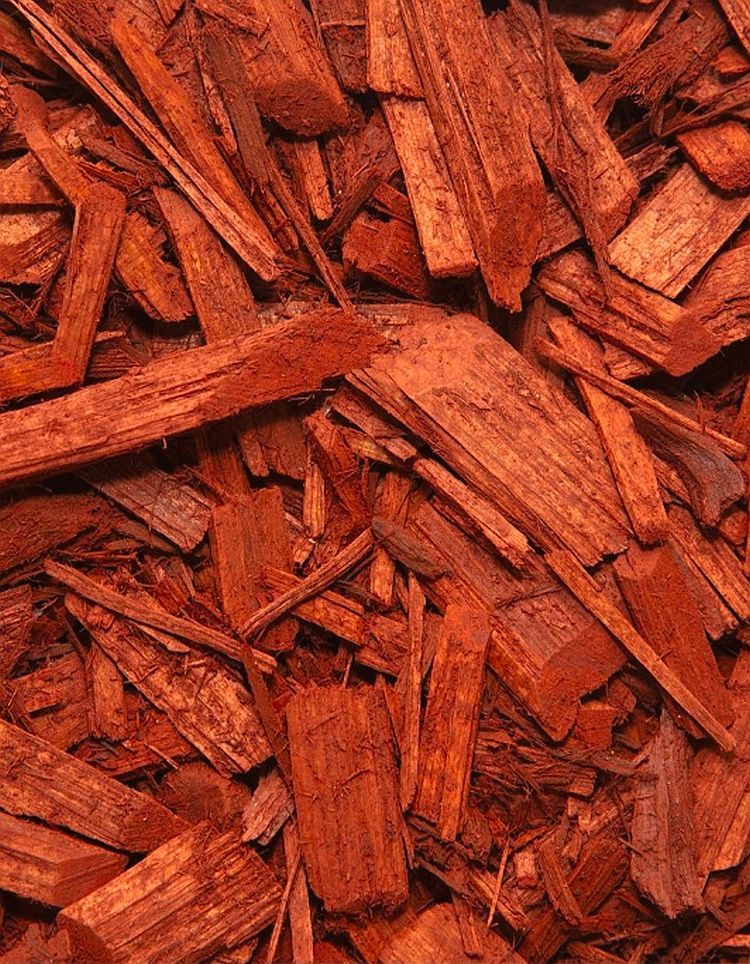
Cypress mulch, above, comes in a variety of colours.
If you’re looking for a mulch that may repel large pests like mice, rats and possums, cypress mulch is worth a try. Anecdotal evidence suggests it really works, perhaps due to its fragrance & insect-repelling properties. Cypress mulch is available in its natural colour or in dyed varieties, and as a hardwood, is long-lasting and holds its colour well. It is best used around fruit trees and long-lived perennials.
Select plants may be specifically grown for mulching, then chipped and applied as required. This is a great idea if you have enough space and time, because you can choose nutrient-rich plants that help with fertilising. These types of mulches can be used on vegetable beds and in orchards. Plants that suit mulch-making may include lemongrass (which is also good as animal bedding), leaf cardamom, arrowroot, and comfrey.
How to Apply Mulch
While mulching is essentially a simple process, it needs to be applied correctly in order to maximise the benefit it confers to the soil. Therefore, there are a few key points to keep in mind.
Make sure you buy enough. Commercial mulches specify a depth and area coverage on the packaging, so ensure it is adequate for your purpose.
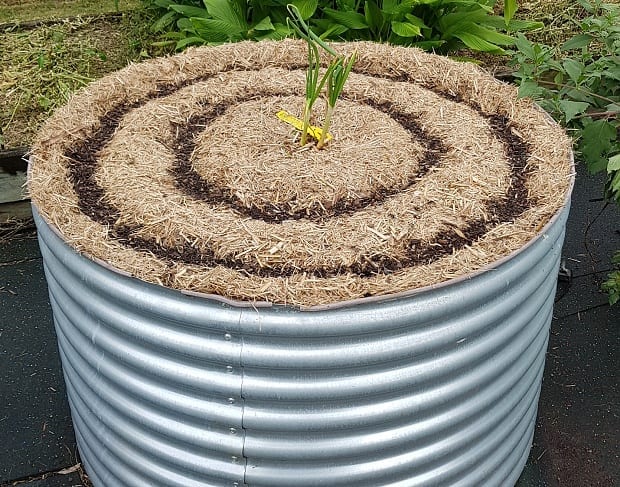
Mulch layers around vegetables should generally be 2? thick (unless you’re in very hot conditions). Two inches is thick enough to suppress weed growth but thin enough for water to penetrate. Mulching more thickly may be warranted in extreme heat, but be aware that an overly-thick mulch may harbour pests.
You can mulch any time. Aside from specific conditions or microclimates that require only seasonal mulching, adding mulch can be done as required. It’s common for many growers to mulch beds when they refurbish them at the beginning and end of each growing season, but you can add more mulch any time it is required. Potatoes, for example, often require periodic mulching throughout the growing season, because their light-sensitive tubers often grow upwards. Fruit trees have feeder roots that live close to the soil surface, and may need mulch added through their spring/summer growing season.
Use a different mulch every year. This is not essential-or perhaps even possible- but the idea that each different mulch brings different nutrients to the soil is a valid one. What we are able to do individually will vary enormously with location, climate, and gardening regimes, but don’t be afraid to throw some leaf litter or prunings into your beds or buy a different mulch if you want to.







